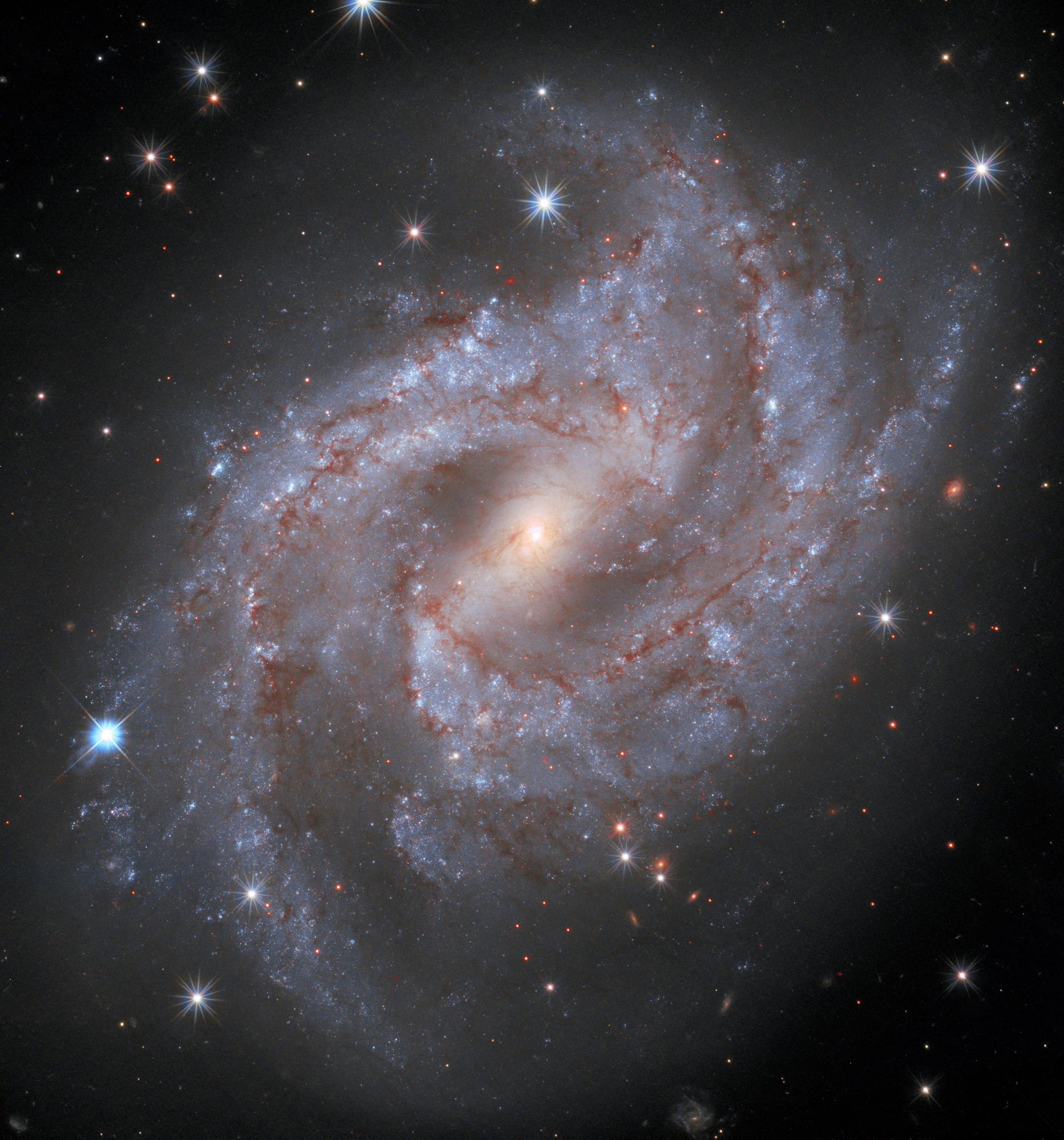White Dwarf Explosion Witnessed
NASA’s Hubble telescope witnessed the last days of a white dwarf star from the spiral galaxy NGC2525, which is seventy million light-years away.
NASA and the European Space Agency run the Hubble telescope jointly, and they released a time-lapse video of the supernova’s vanishing light.
Time-lapse photography/videography is a technique that makes time appear to speed up. This method lets us compress hours or days or even years’ worth of recordings into just a few seconds.
A supernova is when a huge star explodes. It usually happens when the star cannot hold its core against its own gravity. The core collapses and explodes.
A supernova is the biggest explosion that humans have ever seen.
Each blast is the extremely bright, super-powerful explosion of a star.
The Hubble telescope first started watching the supernova, named SN 2018gv, in February 2018. The time-lapse includes almost a year of Hubble observations.
The supernova initially outshone the other stars in its host galaxy. “When a star unleashes as much energy in a matter of days as our sun does in several billion years, you know it’s not going to remain visible for long,” NASA said in a statement on Thursday.

